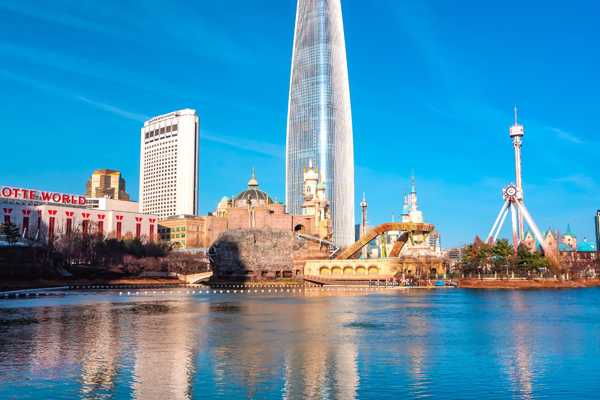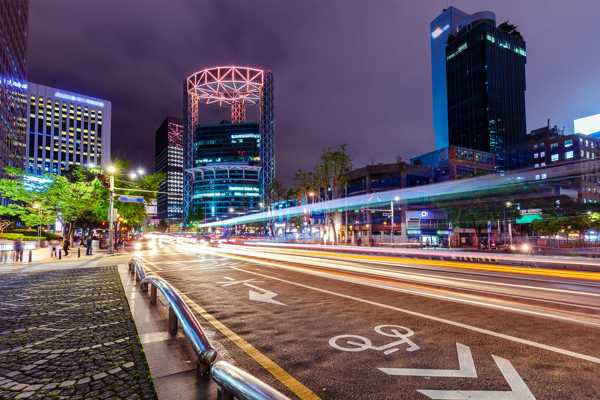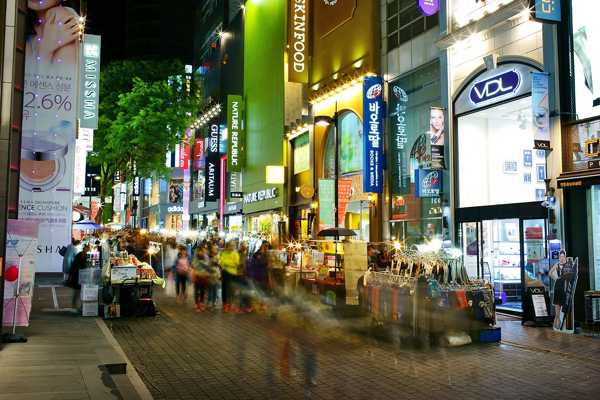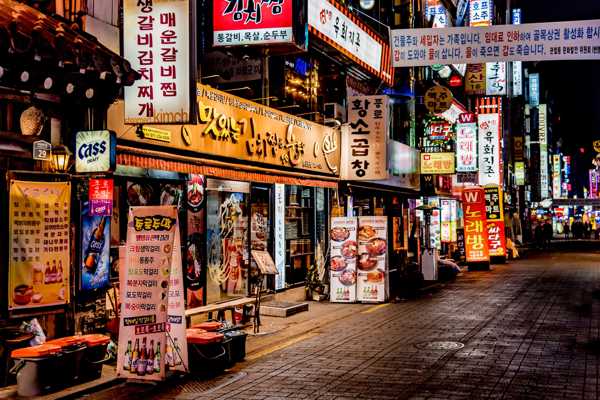Gyeongbokgung Palace is the largest and most striking of the 5 grand palaces built during the Joseon dynasty. Built in 1395 by King Taejo, this iconic landmark lets you experience life in Joseon-era Korea via free guided tours, re-enactments of royal rituals, and extensive displays of artifacts and period costumes.
It’s also known as the Northern Palace, thanks to its location furthest north compared to the neighboring Changdeokgung (Eastern Palace) and Gyeongheegung (Western Palace). As the main royal palace in South Korea between 1592 and 1598, there are over 300 buildings within the complex, including The National Folk Museum and The National Palace Museum.
Gyeongbokgung Palace - one of the highlights of 17 Best Things to Do in Seoul and 10 Iconic Buildings and Places in Seoul (Read all about Seoul here)
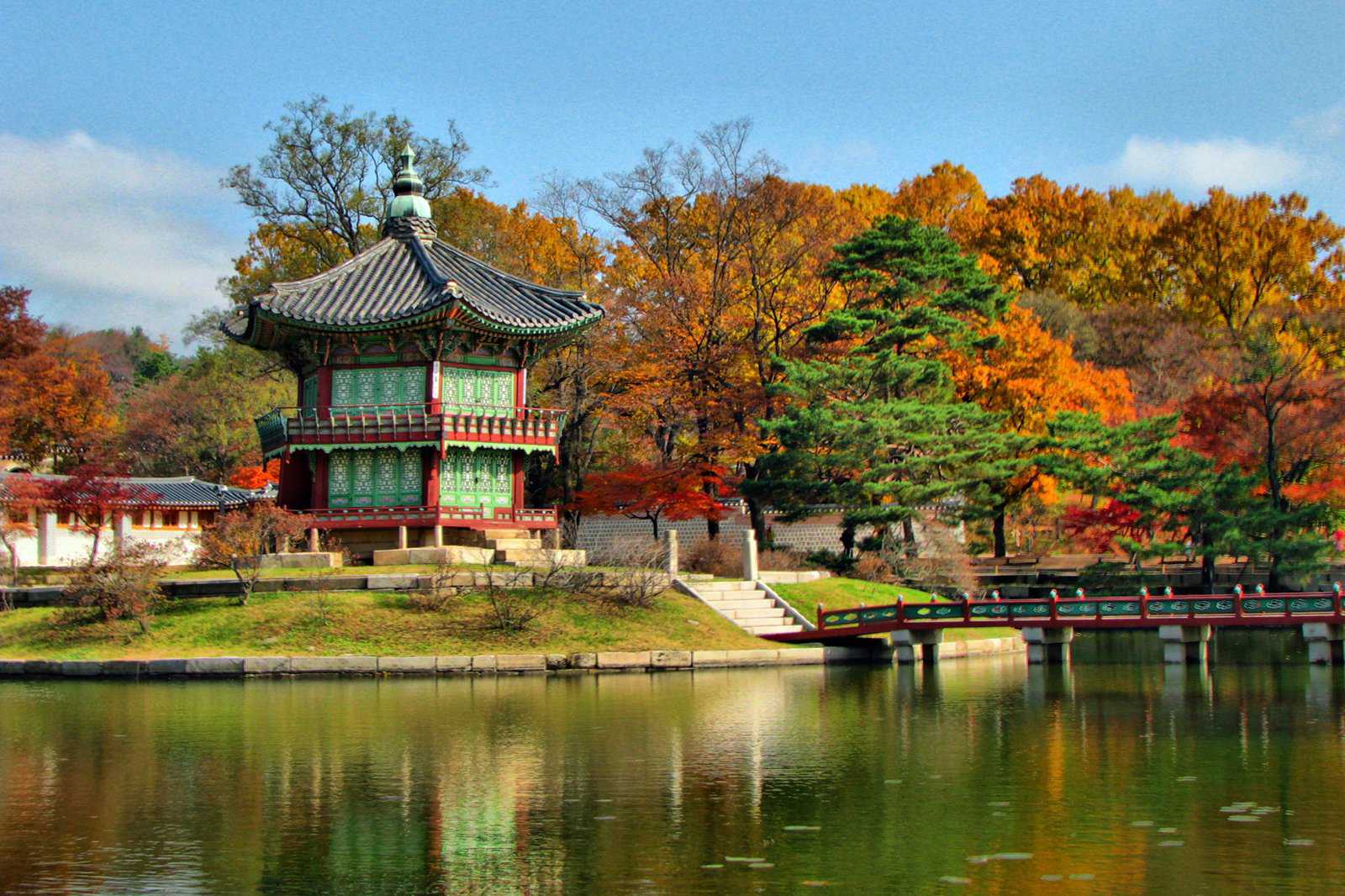
You can explore the palace grounds and marvel at remnants of the Joseon Dynasty, including the Gyeonghoe-ru Pavilion, Hyangwonjeong Pond, and sculptures of Geunjeongjeon (The Royal Audience Chamber), all of which remain relatively intact.
Gyeonghoe-ru served as a royal dining venue for foreign envoys as well as for the king and court officials. Located west of Gangnyeongjeon, it’s a picturesque pavilion in the middle of an artificial pond and is connected by 3 stone bridges.
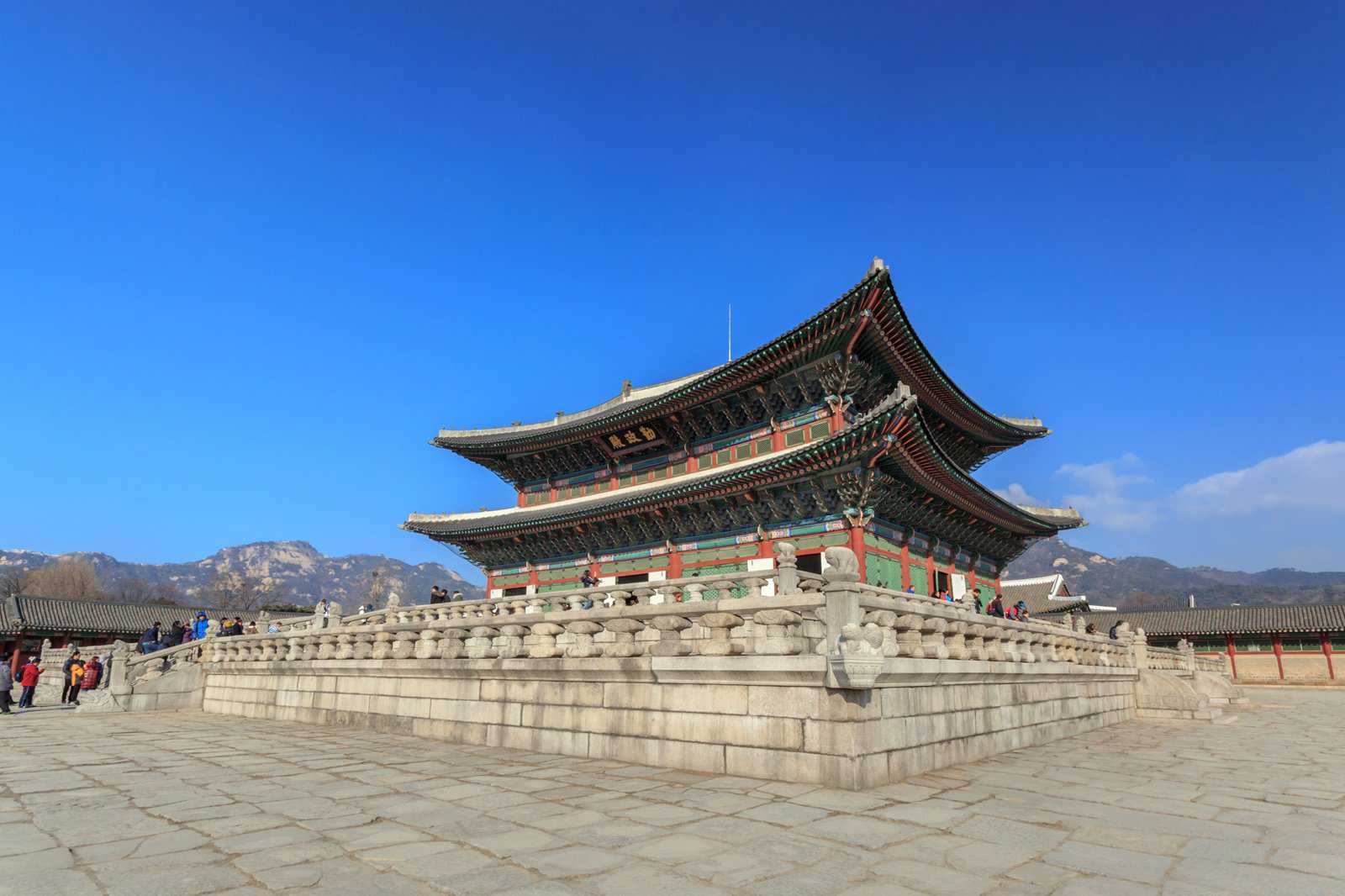
Another must-visit structure in Gyeongbokgung Palace is the Hyangwonjeong Pond, north of the main building. It was constructed by order of King Gojong as his private place for rest and leisure in 1873. This hexagonal pavilion occupies an artificial island and is connected to the same grounds by Chwihyanggyo Bridge – the longest wooden bridge constructed on a pond during the Joseon Dynasty.
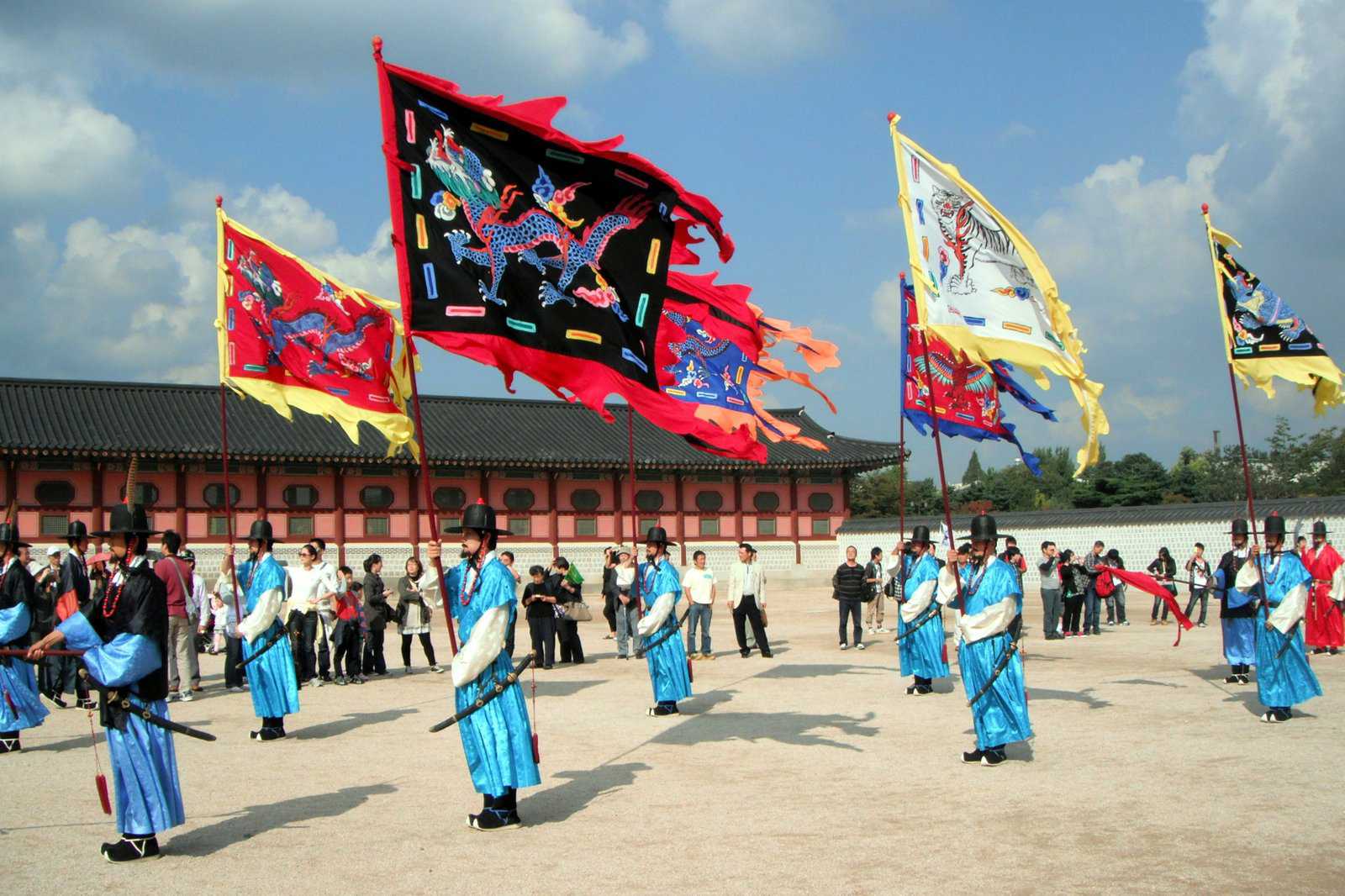
Gyeongbokgung Palace hosts re-enactments of the Changing of the Royal Guard and the Patrol Ritual, both of which take place daily between 10am and 3pm in front of Heungnyemun (Gate). You can also enjoy free guided tours in English, Japanese and Chinese between 10am and 3.30pm, which take place in front of the information center at Heungnyemun Gate.











